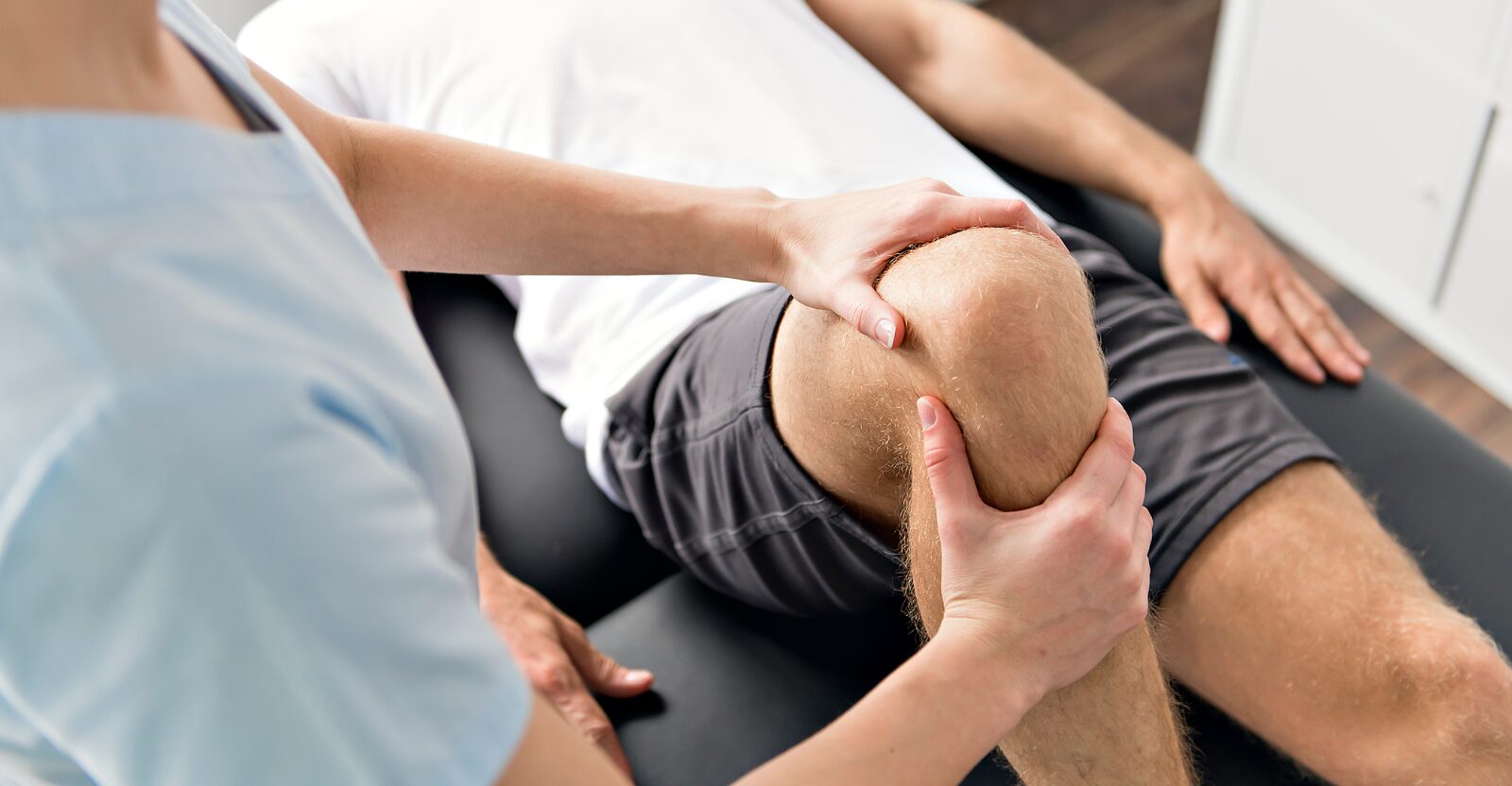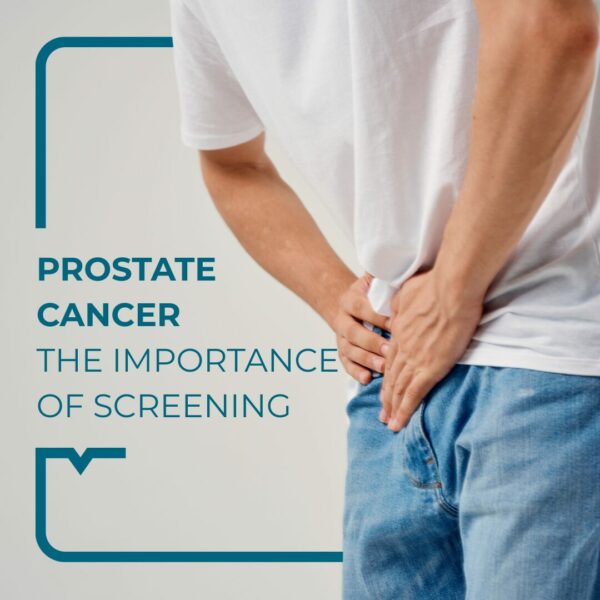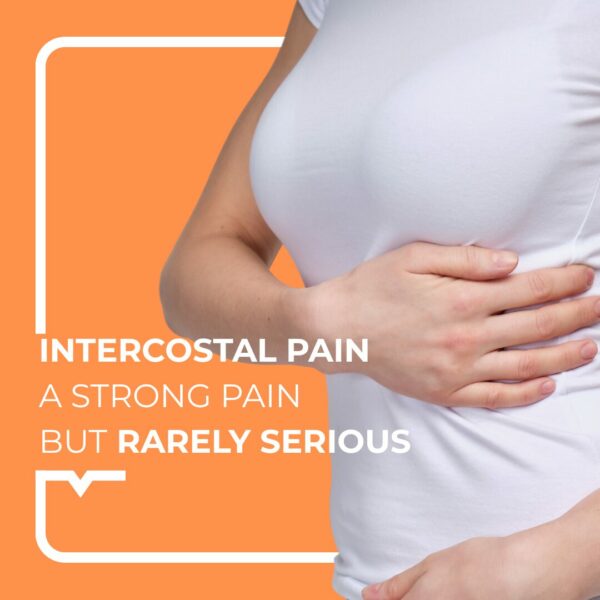Prostate Cancer: the importance of screening
Prostate cancer: understand the risks, the importance of screening, and treatment options for maintaining men’s health.
Read more

In a re-education context, physiotherapy aims to improve a person’s functional abilities, whether in terms of movement or posture. In a rehabilitation context, it aims to help the person adapt to new conditions.
This discipline uses different methods, such as massage, mobilisation and adapted exercises to relieve physical pain, restore normal muscular function and ease psychological tension.
Physiotherapy addresses both muscle and bone structures, and focuses on the injured part of the body, while osteopathic treatment treats the body as a whole.
The benefits are many; acting against muscular tension, relieving pain, facilitating the recovery of movement and joint amplitude, thus improving the body’s mobility, and contributing to relaxation and stress management.
Following trauma (sprain, fracture, tendinitis)
Scoliosis
Lower back pain
Rheumatism
Osteoarthritis
Postural problems
Respiratory disorders
Following a stroke
After prolonged bed rest
INVESTIGATION: At the first appointment, the physiotherapist interviews the patient to find out about the reason for consultation, personal, medical and family history, professional and daily activities, and lifestyle habits.
PHYSICAL EXAMINATION: The physiotherapist carries out a physical examination. Additional examinations such as X-rays, MRI and CT scans may be necessary.
DIAGNOSIS AND TREATMENT: In agreement with the patient, the therapist will draw up a treatment protocol tailored to each patient, consisting of a number of sessions and specific exercises.
Book an appointment

Prostate cancer: understand the risks, the importance of screening, and treatment options for maintaining men’s health.
Read more

Comprehensive guide to testicular cancer: understanding the signs, encouraging early detection and knowing the treatment options
Read more

Learn the most common causes of intercostal pain, the signs that can reassure you, and the most effective ways to ease the discomfort safely.
Read more